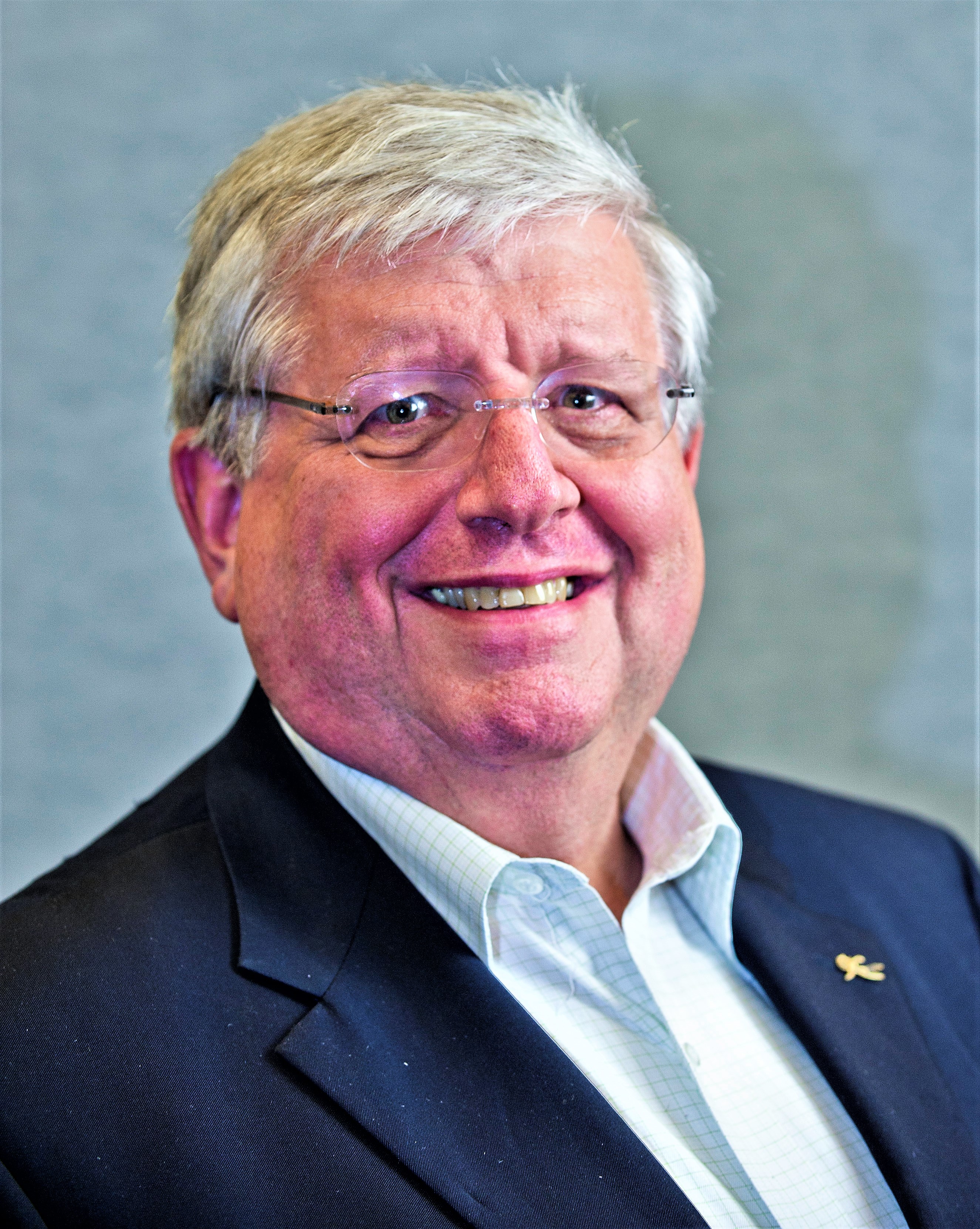Social TV's Life Beyond Special Events

February's social TV trifecta—Super Bowl, Grammys and Oscars—augured encouraging prospects for the year in "social TV," the long-envisioned, often misinterpreted form of participatory television. Viewers' intense involvement with these three special events also raises questions about whether social TV engagement extends to a wider array of telecasts where timeliness and passions are not as dynamic or dramatic as they are during highly hyped live shows.
According to BlueFin Labs, a social TV monitoring service, 13 million "social media comments" (from Twitter, Facebook and other avenues), popped up during the Feb. 12 CBS Grammy telecast. That deluge marked a 2,280 percent jump above the amount of social media chatter during last year's show. The Grammys' social media activity also edged out the previous record, set a week earlier during Super Bowl XLV on NBC. That nail-biting game—and its embedded events such as the notorious half-time show, triggered 12.2 million social media comments from 5.4 million people, according to BlueFin Labs' tally. Then on Feb. 26, the 84th Annual Academy Awards on ABC drew 3.8 million comments (up 293 percent above the 2011's show levels) from 966,000 viewing participants, also respectable participation for a telecast aimed at an older—and "less Tweety"—demographic.
"TV has always been a social experience, and now we are focused on extending and amplifying the conversation within social media," says Ryan Osborn, senior director-social media at NBC News. He focuses on the process during the last few years, noting, "We are finding ways to use emerging platforms like Faceboook, Twitter, GetGlue, Google+, Tumblr and others to tell our stories in new places."
Osborn cites the tablet apps for the "Today Show," "Rachel Maddow Show" and others that seek to "encourage a two-screen experience."
"The space is still so young and we are looking to make small bets in several areas," he explains. "The real challenge is integrating across several screens in a way that adds value to the consumer. We are still learning about behavior and what people actually want."
The NBC News social TV agenda is being coordinated with the parent company and others.
"On the technology side, Comcast has driven distribution within VOD and other established markets," Osborn says. "Within the more nascent ecosytems, there is an NBC News app for Roku, a "Today" app for Microsoft XBox and we also are using technology to allow our producers to bring all these screens together. Mass Relevance is a filtering system that allows us to push content from the web across all platforms."
He also points to research showing how social TV integrates with other TV viewing dynamics.
"The social experience can help drive 'tune in,'" Osborn adds. "Whether it is fear of spoilers or just word of mouth awareness, people are encouraged to watch live TV and share the programming with friends. Big events are made even bigger. It also offers a unique opportunity for our advertisers who are reaching an audience at scale on TV and can now also reach more niche audiences with digital."
DISTRACTION OR COMMITMENT?
Not only did three major broadcast networks experience the satisfying social TV sideshows, but the blossoming growth of social TV offered encouragement to the cadre of companies that are pushing social TV as an important ancillary option. Yet in its current form, social TV is also triggering debates about whether its simultaneous chatter distracts viewers from the show and commercials or if it actually reflects a stronger impression and connection with the show and advertisers.

According to Networked Insights, three-quarters of social media chatter during the Super Bowl had nothing to do with the game itself.
While such contextual issues are being examined, broadcasters, programmers and social TV participants are also evaluating the delivery structure. There are proponents for social TV's best implementation as a "heads-up" experience on smart TV sets and as a "heads-down" two-screen process, with viewers communicating via their tablets or smartphones. With up to 60 percent of TV watchers having a digital handset nearby while watching TV shows, the two-screen option is a no-brainer - and it will become even more appealing as TV viewing itself on tablets puts the social TV focus onto that single screen.
Shawn Cunningham, chief marketing officer and co-founder of yap.TV Inc., a Los Altos, Calif.-based social TV app company, insists that users, experienced in using tablets and smartphones, "prefer not to pollute the first screen with social TV content."
"They like 1080p on the first screen and expect the second screen to be used for interactivity," he says. "Behaviorally, it's already showing up as favoring the second screen."
An alternative viewpoint comes from Merwan Mereby, vice-president of Content & Services Development at Panasonic Corporation of North America.
"If you can take away that lookdown effect and bring that experience to the TV screen … and [provide] all the functionality onto the TV screen, I believe it is more appealing to all parties involved." He cites the value from the programmers' perspective to work through social networks.
Other TV set makers envision growing value of the one-screen experience as new TV features such as gesture control and voice-recognition add to the social TV engagement.
DOES IT APPLY TO ALL?
While the hardware platform issue is playing out, the current implementations focus on whether "talk-along"—or more accurately "text along"—social TV can succeed with all kinds of programming. Even before analysts could fully digest the February examples, along came college basketball's March Madness. And with it came the massive social TV agenda of ConnecTV one of the start-ups that is working with broadcasters to create social TV offshoots. ConnecTV's March line-up included a custom Final Four "blind pool" multiplayer game, deep real-time play-by-play sports statistics, a "time-out" detector to fill action lulls with compelling info and a "go back" function to see previous plays.

Mike Abary, senior vice president of Sony Electronics' Home Entertainment of America ConnecTV co-founder Ian Aaron characterized the March Madness social TV project "an unparalleled second screen sports experience to energize the final TV match-ups in NCAA basketball." He expected that the enhanced experience would let "'viewsers'… watch, talk smack with friends and classmates and share the most exciting Madness Moments."
Which brings us back to the viability of social interaction for a wider assortment of TV show formats beyond live, competitive sports and awards shows. And that in turn leads to the bigger, definitional issue of "social TV" itself.
Cunningham of yap.tv believes the social TV applications work in all types of situations. He says that his company's research found that viewers like to use the program "discovery" features of social TV platforms to "see what my friends like and then be able to connect with friends to yap about the shows they have in common."
"We see the numbers growing constantly," Cunningham says. "We're mapping what people talk about to every TV show worldwide." He acknowledges that "the best opportunities are reality and competition shows, where there is a lot of frenetic activity." But yap.tv has also tracked substantial use with crime and drama shows, although Cunningham admits that measurement standards for social TV participation are still a work in progress.
Countless start-ups are pushing the social TV agenda, including Shazam Entertainment Ltd. (which pioneered social media applications for music) and Viggle owned by Function(x) Inc. (which offers prizes for watching shows and commercials). Yet many of today's activities piggyback on the Facebook and Twitter social networks used by millions of U.S. TV viewers.
Mike Abary, senior vice president of Sony Electronics' Home Entertainment of America, acknowledges that his company's social TV agenda includes connections via PlayStation and Blu-ray devices attached to TV sets as well as Bravia TV sets with built-in Web connections. Sony, like other TV set makers, has worked with Facebook and Twitter and others to develop social TV options.
"Clearly it's important because we've embedded it into our devices," Abary says. He expects the evolution to explore "to what depth can we create an even more compelling experience using social TV." Abary anticipates that Sony will "more tightly integrate social networks into the viewing experience," including live comments, shared viewing and more applications."
"One idea we have is to take the top-trending Twitter topics that deal with TV shows, movies and live sports and… use them as recommendations or 'trending now' [advisories] which lends to some degree of discovery," Abary says. "Everyone is taking their own stab at how to come up with their own solution," he adds.
WHAT'S TRENDING NOW
Amidst all the enthusiasm and experimentation for social TV, programmers are aware of the distraction factor. During the Super Bowl, three-quarters of social media chatter had nothing to do with the game itself. According to Network Insights, a social TV measurement firm, 42 percent of online chatter during the game dealt with commercials and 32 percent was about Madonna and other halftime show comments. Of course, to some analysts, the involvement and discussion about commercials added to the value of the ad buy.
For the Oscars telecast, the BlueFin Labs timeline shows that "responses per minute" (viewer comments) peaked above 100,000 at the moments when Meryl Streep won "Best Actress"; there were similar spikes at the points when "best supporting" statues went to actor Christopher Plummer and actress Olivia Spencer.
At the Grammys, 500,000 comments appeared during the moments when Adele's "21" won Album of the Year, then tapered off during the Paul McCartney/Bruce Springsteen finale. The show's next biggest social media deluge came during Chris Brown's performance and was one of the few times when mostly negative comments flowed, many related to the rapper's domestic abuse history.
Social TV's time has come—although "time" itself may be one of the hurdles. Time-delayed "live" shows, notably the Grammycast, irked West Coast audiences who could not be part of the live telecast interaction and who knew the results three hours before the show aired in the Pacific Time zone. Similar challenges face social TV augmentation of singing, dancing, competitive reality shows.
But the bigger opportunity for social TV in bringing viewers to any TV show—including news and scripted comedies and drama—looms large.
Mark DeBevoise, senior vice president and general manager of CBS Interactive's entertainment division, calls the social TV features "extensions" of the broadcast experience. And the ongoing deluge of social TV projects—for special events as well as routine viewing—confirms that these extensions can reach out endlessly and anywhere.
The professional video industry's #1 source for news, trends and product and tech information. Sign up below.
Gary Arlen, a contributor to Broadcasting & Cable, NextTV and TV Tech, is known for his visionary insights into the convergence of media + telecom + content + technology. His perspectives on public/tech policy, marketing and audience measurement have added to the value of his research and analyses of emerging interactive and broadband services. Gary was founder/editor/publisher of Interactivity Report, TeleServices Report and other influential newsletters; he was the long-time “curmudgeon” columnist for Multichannel News as well as a regular contributor to AdMap, Washington Technology and Telecommunications Reports; Gary writes regularly about trends and media/marketing for the Consumer Technology Association's i3 magazine plus several blogs.

